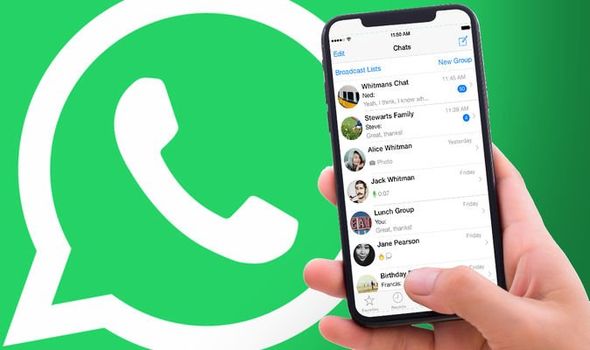Xiaomi has done it again with the launch of the Redmi Note 7 and Redmi Note 7 Pro. The phone is priced around $200 and has the build quality and feature set (such as the 48MP camera) that would rival $400 devices in some countries. Now, I want to show you how to sideload the Google Camera (GCam) port to get better photos out of it.
You can find the GCam port for the Redmi 7 here.
The regular Redmi Note 7 comes equipped with Samsung’s 48MP ISOCELL Bright GMI image sensor. This is quite a special image sensor since during well-lit environments it can use techniques to output 48MP photos with 0.8μm pixels. However, if it detects a low-light environment then it uses 4-in-1 pixel binning to simulate 1.6μm pixels.
This results in better low-light photography that produces 12MP photos in those conditions while enabling some great scenic images in bright, well-lit conditions. However, Xiaomi doesn’t have the best post-processing algorithms when it comes to its stock camera application.
Google Camera ports (also known as GCam ports) have become incredibly popular as of late. Even high-end flagship smartphones have benefited from these ports and that means low-end and mid-range devices can as well (as long as they support a certain camera API).
Both the Redmi Note 7 and Note 7 Pro supports the proper API and that is going to allow me to show you how to sideload and install a compatible port on the device.
Here’s the latest version of the GCam Port for the Redmi Note 7 and Redmi Note 7 Pro – Download APK Here
Time needed: 5 minutes
How to Sideload and Install the Google Camera (GCam) Port on the Redmi Note 7
- Download the Google Camera port APK here
This particular port is thanks to the work from B-S-G and comes with the newer features such as Night Sight
- Either open the APK from the web browser, or tap it in your favorite file explorer app to prompt the install process

- Tap the Settings button when you are prompted to allow APK sideloading from this application

- Tap the toggle to enable the permission to sideload and install an APK file from this app

- Then tap the back button to go back to the application installer page and tap the Install button at the bottom right

- Wait a few seconds for the application to be installed, and then tap the Open button to open the Google Camera application from here

- And finally, allow all four permissions that are required for the Google Camera app to full function on the Redmi Note 7
You would think that sideloading and installing a port of an application would be rather universal. This is true in some cases but apps that get ported are made to work on specific devices. Take this GCam port for the Redmi Note 7 as an example. The developer first needs to grab the APK file from the source.
The source of these Google Camera applications are from one of the various Google Pixel phones.
When Google compiles these apps they are made to work on the hardware they are designed to ship on. So the Google Camera is made to work with hardware on the Google Pixel, Pixel 2 or Pixel 3 (and its larger brothers). And thankfully since they use Android’s camera APIs proper it can be ported to other devices more easily.
However, the bad part is that OEMs don’t have to use the core Android camera APIs how they are intended. In fact, an OEM can make changes to the Android OS in order to integrate various features into their camera app. This is why it’s difficult to get Samsung camera ports working on other devices (because they rely on those changes).
And sadly, the changes that some OEMs make are so drastic that it would break the software of other devices if they were attempted.
Thankfully, Google likes to keep with the standards they have set with Android so it’s fairly easy to port the Google Camera application to these other devices. There’s still an issue of getting these ports working with the software of those devices (and working with the camera hardware).
You Can’t Use Any GCam Port for Every Device
So what we end up seeing are various developers that work on the Google Camera APK file and get it working on various sets of devices. BSG is known for getting their ports working on Xiaomi devices and the latest one (as of writing this tutorial) is linked in the step by step guide above.
It’s technically built for the Mi 8 but it doesn’t matter since both the Mi 8 and the Redmi Note 7 are both running MIUI 10. Since both devices have had the same changes made to the core OS, this type of compatibility is possible. In fact, I’m running this exact same GCam port on my Mi Mix 3 as well.
From what I have noticed so far, the camera works well right out of the box. Although, you should know that these camera ports have an additional section in the Settings area for the app. There are a number of things you can change here to experiment and see if you can get better results.
For example, ports of the GCam app need to have certain settings changed in order to even work properly.
This doesn’t seem to be the case for the Xiaomi Redmi Note 7 or Redmi Note 7 Pro as the Google Camera port linked above works right out of the box. You can even see me go through the settings, and take a photograph in the embedded video above. But remember, the Redmi Note 7 already has a good camera setup out of the box.
That isn’t to say that the Google Camera port can’t improve various photos in certain lighting situations. Google’s camera application has been known to consistently take the best ‘auto’ mode photos compared to other devices/apps. But it can be difficult to find the difference in some situations.
Either way, these GCam ports are popular so I wanted to show you which version works best on the Redmi Note 7 and how to install it.






1 comment